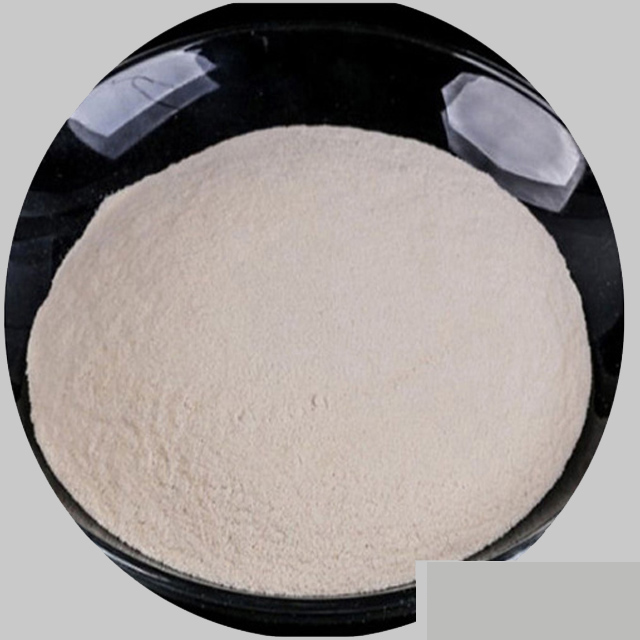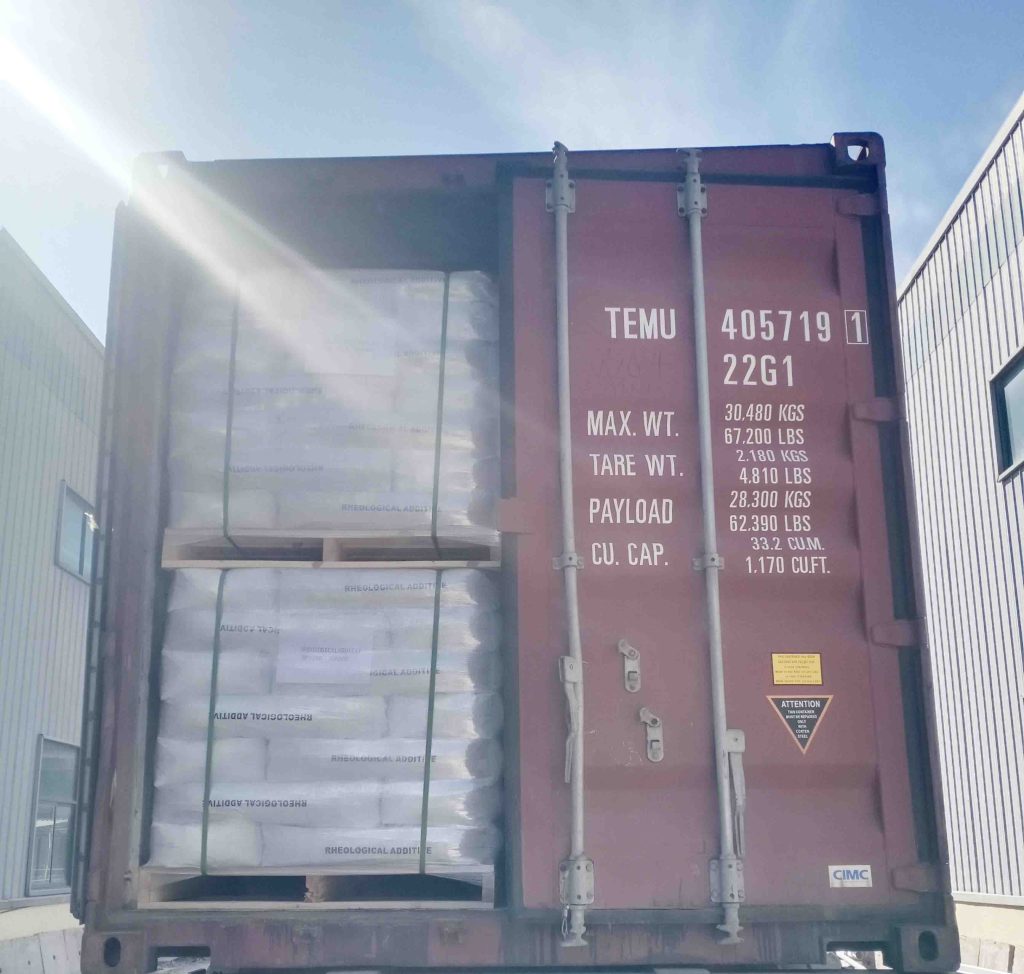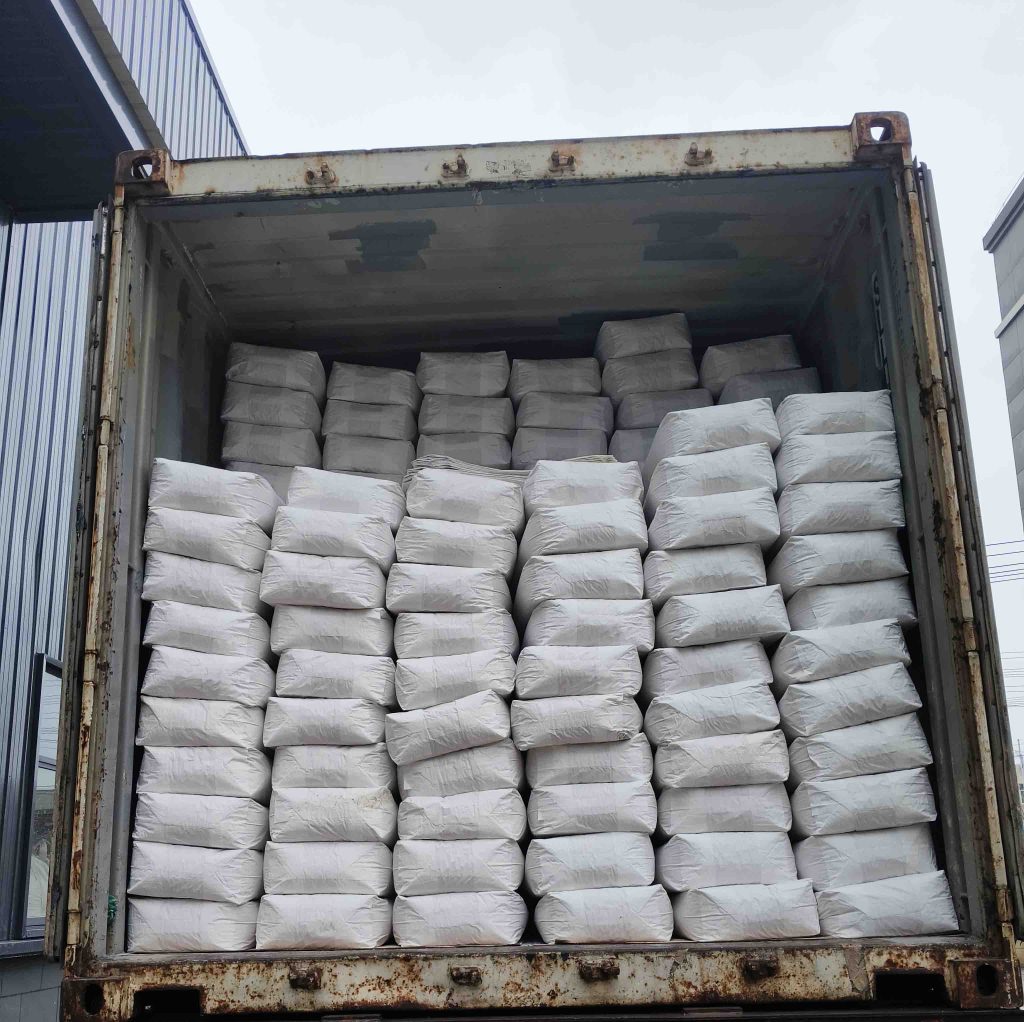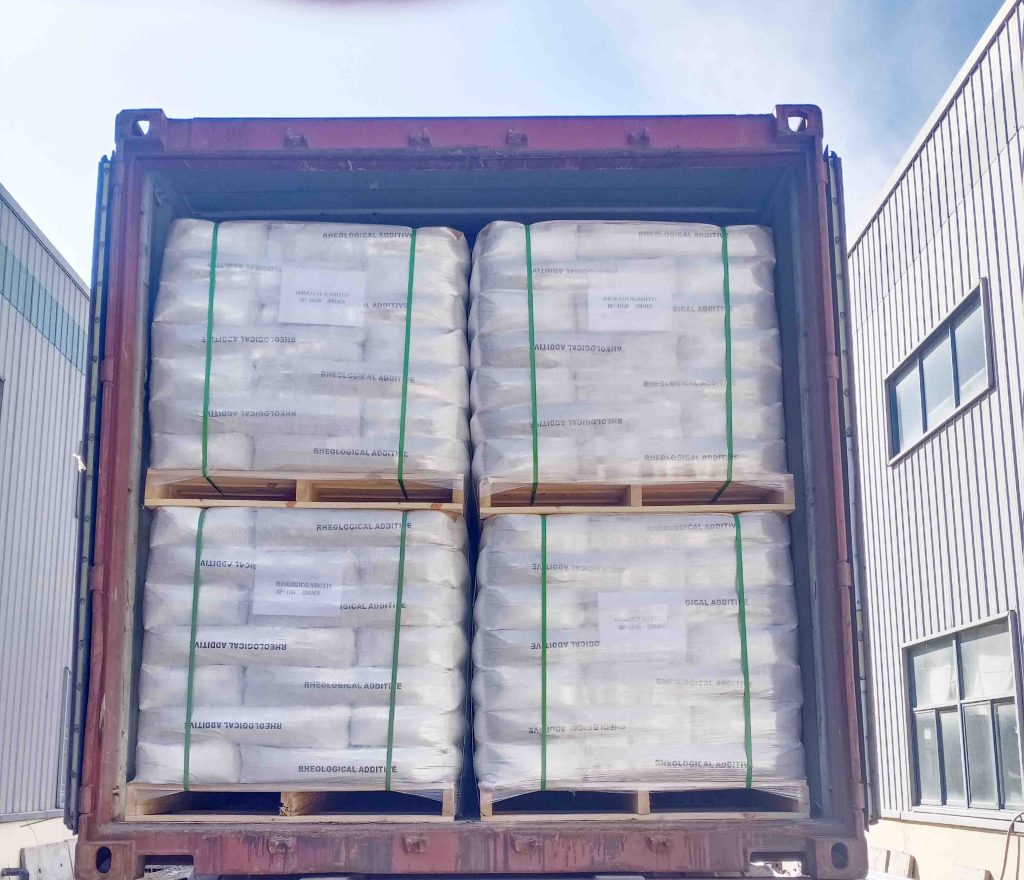Thermal Insulation Fillers : This is a type of hollow glass microbead, and we also provide solid glass microbeads that can be applied in fields such as paint, coatings, oil fields, drilling plastics, etc.
Thermal Insulation Fillers

What Are Bead Blasting’s Applications?
| Aerospace industry | Remove rust and paint from mechanical components to remove knife marks. |
| Remove scratches on the rubber | Reflective paint for roads |
| Scratch treatment on the surface of stainless steel. | |
| Foundry industry; | Pre processing in the electroplating industry. |
| Semiconductor Industry | Crafts for exterior decoration |
Thermal Insulation Fillers
Thermal Insulation Fillers
Composite material repair (such as atomic gray)
Light weight and high filling: Compared with traditional materials, hollow glass powder can significantly reduce the weight of composite materials, and at the same time reduce the use of resins and other oil additives, thus reducing costs.
Excellent protection: its inert chemical composition provides excellent water, dirt and corrosion resistance, offering additional protection to the repaired composite.
Enhanced impact resistance: The spherical structure gives the composite better dispersion and resistance to external impacts, making it more durable.
High temperature stability: High melting point and excellent fire resistance ensure that the repaired composite remains stable and reliable under extreme conditions.
Surface Enhancement: Its high mobility can form grooves on the surface of paint, improving the frosting and polishing performance of the composite.
Size of glass beads for blasting
Model of Bead blasting glass | Sieve Size (mesh) | Particle Size Range(μm) |
WSL17L# | 20~40 | 425 ~ 850 |
WSL 18L# | 30~40 | 425 ~ 600 |
WSL 19L# | 40~60 | 300 ~ 425 |
WSL 20L# | 60~100 | 150 ~ 300 |
WSL 21L# | 70~140 | 106 ~ 212 |
WSL 22L# | 100~140 | 106 ~ 150 |
WSL 23L# | 100~200 | 75 ~ 150 |
WSL 24L# | 140~200 | 75 ~ 106 |
WSL 25L# | 140~270 | 53 ~ 106 |
WSL 26L# | 200~325 | 45 ~ 75 |
Specification of Bead blasting glass
| Specific gravity | 2.4-2.6 g/m3 |
| Stacking density | 1.5g/cm3 |
| Type | Blasting / Shot Peening Media |
| Spherical | |
| Rockwell hardness: | 46HRC |
| Mohs | 6-7 |
| Round rate | 80% |
| Melting point | 710-730 ℃ |
| Index of refraction | 1.5—1.6 |
FRP fabrication
Lightweight: The low density properties of hollow glass powder significantly reduces the weight of FRP, facilitating transportation and installation.
Hardness and toughness: Its high hardness and non-friability enhance the hardness and impact and bending resistance of FRP.
Cost Reduction: Since hollow glass powder has the smallest specific surface area, it reduces the amount of resin used, thus lowering the cost of raw materials.
Synthetic marble or wood
Mass optimization: At the same volume, hollow glass powder has half or even a quarter of the mass of traditional filler materials, significantly reducing the weight of synthetic materials.
Appearance and performance: good flow and gloss give marble or wood a smoother, more aesthetic appearance, while reducing the risk of cracking.
Cost-effectiveness: The use of hollow glass powder further reduces production costs due to the reduced amount of resin used.
Emulsion Explosives Production
Enhanced stability: The chemical stability of hollow glass powder ensures the safety of emulsion explosives during storage and transportation, extending their storage period.
Enhanced power: Its microsphere structure and small specific surface area make the emulsion explosives have higher power under the same conditions.
With its unique performance and multi-functional use, hollow glass powder shows great potential and value in the industrial field.


